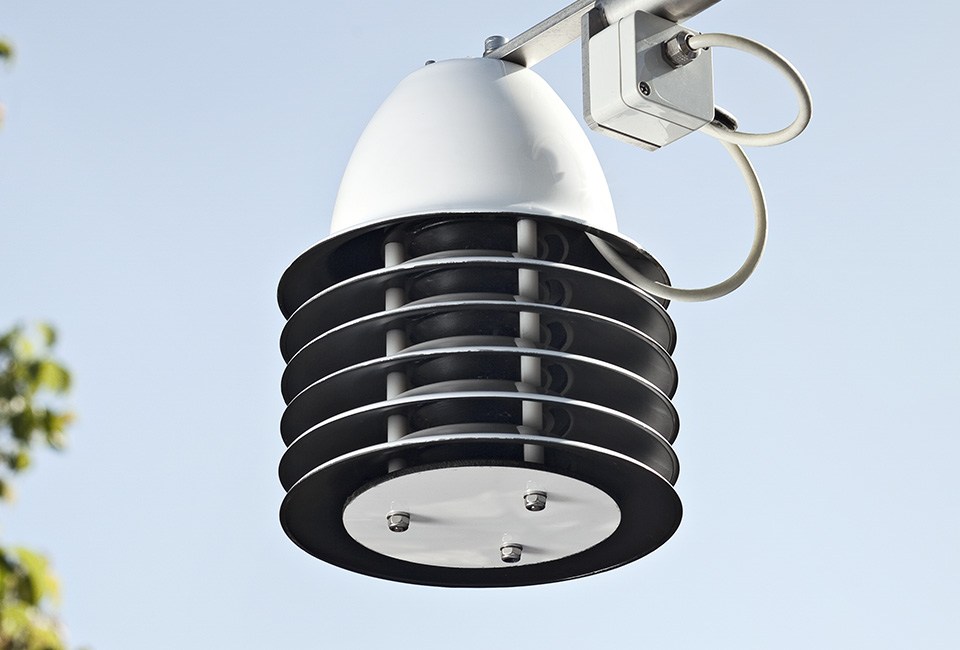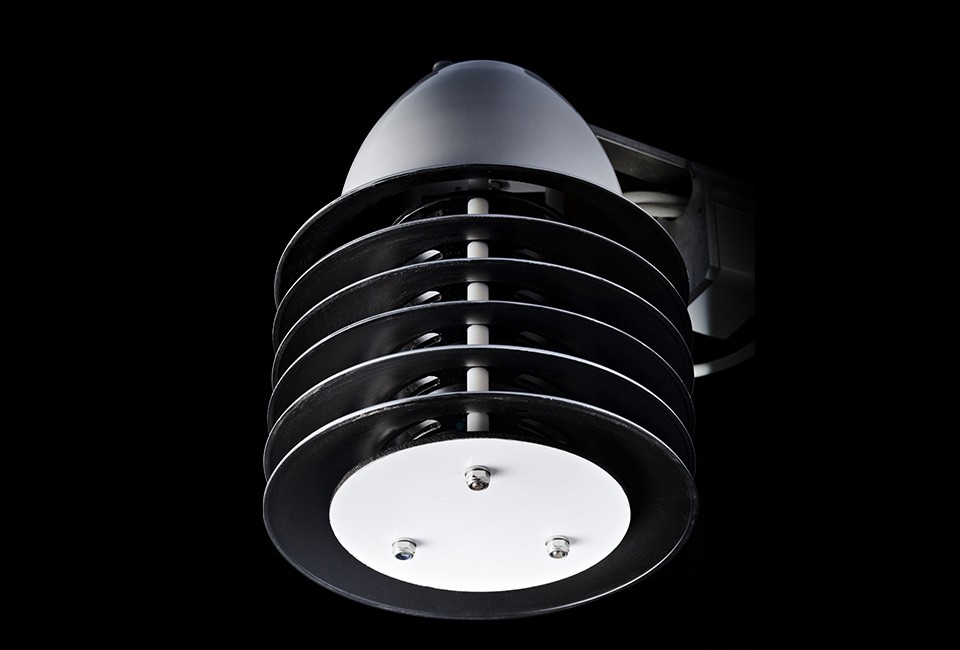Description
The THS thermo-hygrometer is a fully electronic sensor, composed of both a thermometer and a hygrometer for measuring temperature and air humidity.
The two sensors that make up the meter are respectively a PT100 class A thermometer of superior quality and a hygrometer whose sensitive element is a capacitor with a thin film polymer dielectrics, with an electric capacity that varies in proportion to the relative humidity.
The containment structure is made up of 6 ABS dishes. It is designed to protect the sensor from wearing, caused by solar radiation, and to grant adequate ventilation, so that the detection is not distorted by overheating of the components. The low surface protection is painted black to improve the accuracy of the sensor in environments with light reflecting from below, such as in snowy conditions.

Features


Download

Technology
- - the attention to detail, starting with the design phase;
- - encoded, tracked and certified production processes;
- - the use of high quality materials;
- - the experience and training of production engineers.
- - redundant elements, which make sure that, if an element breaks, the product sends an alert while operating normally, giving time to intervene with the replacement without losing any data;
- - diagnostic sensors of various types, such as the ones for the verification of:
- o the correct inclination of the product,
- o the quality of the acquired measurement,
- o the value of the voltage input,
- o the status of inputs and outputs,
- o the conditions of the internal temperature,
- o the reliability of the RF link between all devices,
- o etc.

